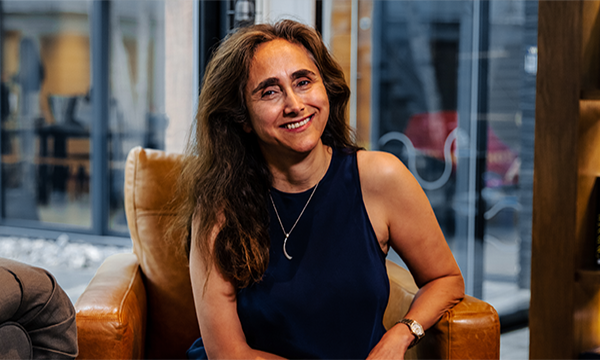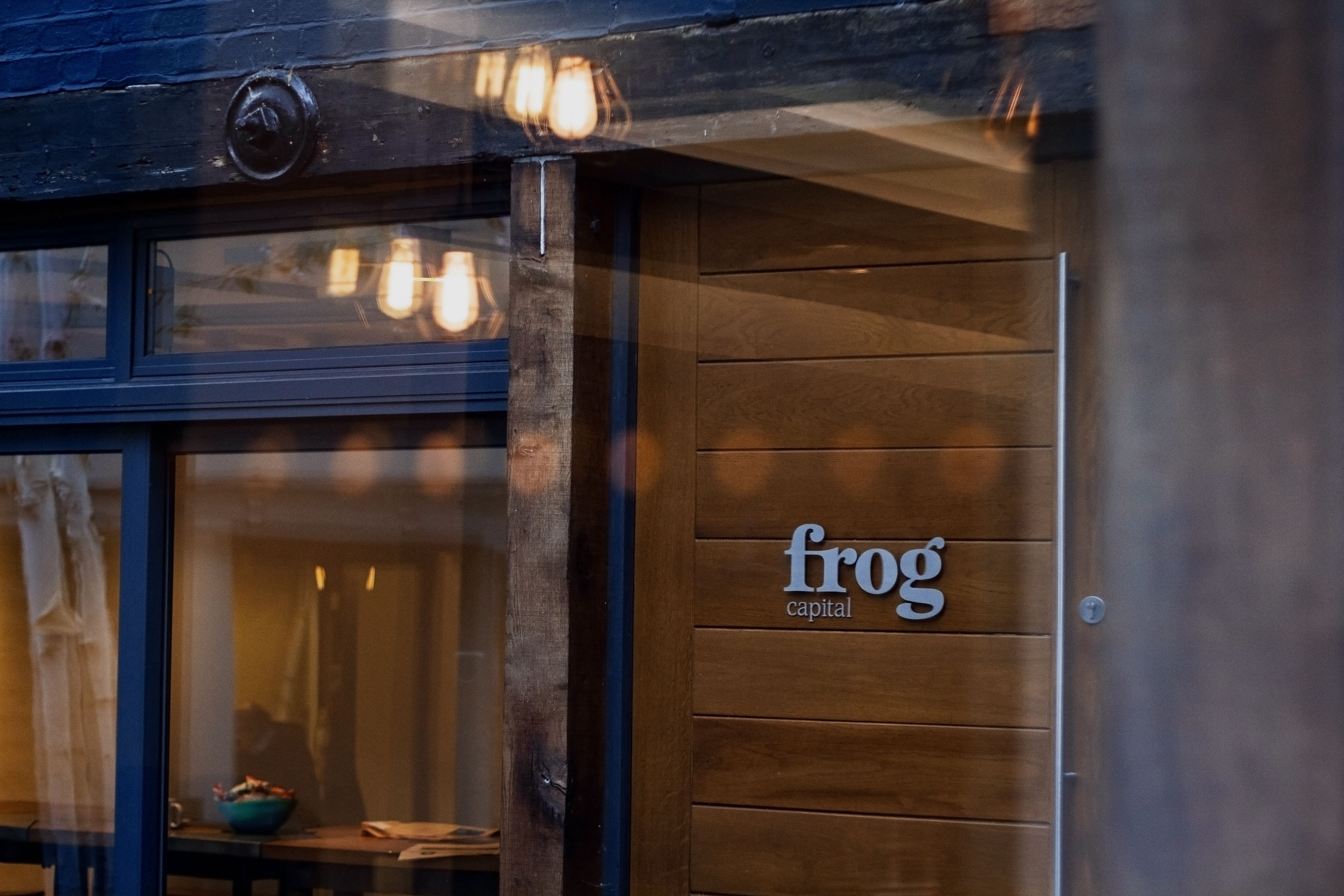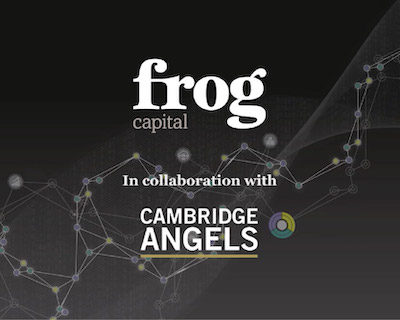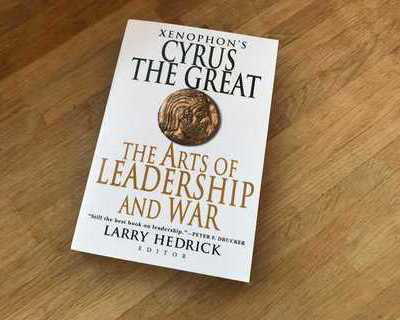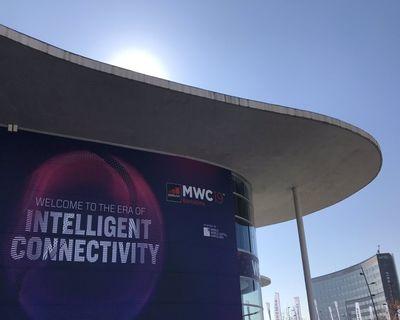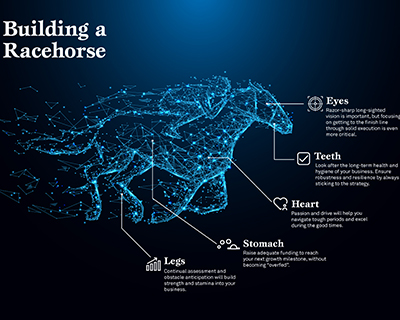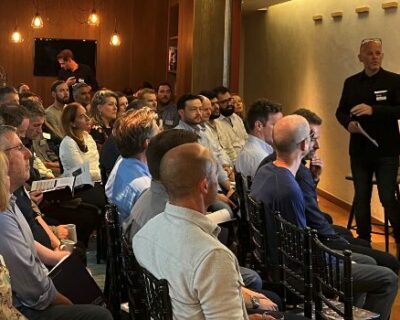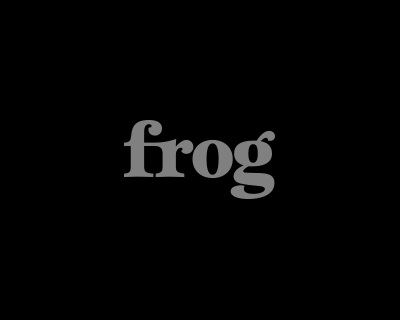Exiting a business is an important milestone for every CEO – according to CB Insights, approximately 30% of seed-funded companies in the US exit through an IPO or M&A. At a recent dinner, Frog Capital joined forces with 83North and Highland Europe, bringing three European CEOs together who have successfully achieved their own exit via the three most common routes:
- IPO: David Buttress, Partner at 83North and formerly CEO of Just Eat, listed the food delivery service on the London Stock Exchange in 2014 at $2.5bn – the biggest UK technology IPO in the previous eight years.
- Strategic M&A: Shirin Dehghan, Senior Partner at Frog Capital and formerly founder/CEO of Arieso, sold to JDSU in 2013 for $85m in one of the largest European exits that year.
- PE exit: Stan Laurent, Partner at Highland Europe and formerly President & CEO of the PhotoBox Group, sold to a PE consortium led by Electra and Exponent in 2015.
Jean Tardy-Joubert, Advisory Partner at Highland Europe with over 20 years of tech investment banking experience, introduced the evening, providing his market and exit process insights to the conversation, before giving the floor to our keynote speakers.
Preparing for an Exit: Speed Dating, The Love Story and Marriage
From a Founder or CEO perspective, defining your objectives is critical when evaluating the exit route you take. If your main focus is liquidity, then strategic M&A is the best option. If it is continuing to grow your company ambitiously, then it’s IPO. And PE exits sit somewhere in between the two.
In layman’s terms, these three exit models can be best compared to a speed dating model (IPO), a love story (strategic M&A) and a marriage of convenience (PE exit).
IPO: Speed dating
The IPO process is a marathon finishing with a sprint. The early preparation (the marathon) is a 12-18+ months process to ensure all functions and teams in the company are ready for the public markets. Once ready, the final sprint typically involves hiring the bankers and do the listing. This part of the process is very intense, and it will demand significant management’s bandwidth. It normally starts with a road show where management will meet 50+ investors in a few weeks around the globe, delivering the same information. Therefore, like in speed dating, in an IPO you will be making yourself available to a lot of people, and ultimately developing short relationships with the vast majority. In order to get the most out of this process, David Buttress had the following advice:
- Prepare early: Two years before IPO, Just Eat started running the business as if they were a public company. For the management team, this eased the process of transition, allowing them to put a team in place that could cope with future requirements.
- Proactively educate investors: Just Eat was the first company of its space to go public. They gave investors an early look nine months before the IPO, gaining great investor feedback while also providing initial guidance on expected performance. Through pilot fishing, they were later able to demonstrate performance in relation to guidance on future performance, crucially building predictability which was properly and cautiously communicated.
- Make provisions for board transition: The value add of an experienced board of Venture Capital investors should not be underestimated. Once your business is taken to IPO, their experience will be lost as they exit – haphazardly assembled replacements will have a negative impact, too. Planning for board transition is, therefore, all the more important. By identifying 10 people you think can add value to your board in the long-term, spending time to mould them into the role, you will be able to ease the process of transition.
Overall, taking Just Eat public was not an overnight success, but the decision was vindicated by the fact that it unlocked multiple strategic possibilities.
Strategic M&A: The Love Story
Strategic M&A on the other hand, is built to stand the test of time, just like any true love story. It is a meticulous, focused process, which scouts for the perfect match. As a CEO looking to exit to a strategic buyer, you should be spending time building relationships and partnerships with your most relevant potential acquirers and understanding their strategic priorities. Patience and pouncing at the exact right moment are critical, as Shirin Dehghan explained:
- Prepare early and get an unsolicited offer: At Arieso, the team started preparing 18 months before launching the exit process. Have a clear view of the potential buyers that can really afford to buy you at the ask price and start nurturing relationships over time. By doing that, Arieso was able to gauge the strategic directions of its potential buyers, understanding the potential synergies and strategic value to each in more detail. That early preparation work prompted an unsolicited offer, which is the foundation you can build on to execute the exit process. It is then imperative to move quickly when the first offer comes in – Arieso already had bankers lined up who were prepared to go out to other buyers immediately.
- Execute, execute, execute: The whole process of courtship will take the CEO away from the business. At Arieso, Shirin built a strong management team who could run the business whilst she was focused on preparing the company for eventual exit and courting the acquirers. Continued growth and the buzz that is created around the business is of paramount importance. The subliminal message she gave to the acquirers “this is a hot company, in a hot space, doing really well, if you wait you will only have to pay more!”.
- Know your financial metrics: If you want to widen the pool of interested parties, Arieso had to demonstrate >50% year on year, market domination, differentiated technology through granted patents and positive EBITDA. By the time Arieso was sold, it was an international business selling in all five continents, making 20% EBITDA, growing at 70%, and with 15 patents to differentiate its tech, it boasted large deployments across a list of coveted customer names in one of the toughest sectors.
As they say, “Great businesses never get sold but acquired”. To maximise the likelihood that you get acquired successfully, early preparation in the background will make a significant difference.
PE Exit: The Marriage of Convenience
The PE exit is a marriage of convenience; both parties need each other for a finite amount of time. Structurally, it is more like a lust story, there is definitely less “romance” involved. Here is Stan Laurent’s advice on this form of exit:
PE exit isn’t an exit for management: a PE transaction is the continuation of the entrepreneurial story and an opportunity to build a much bigger business whilst staying


